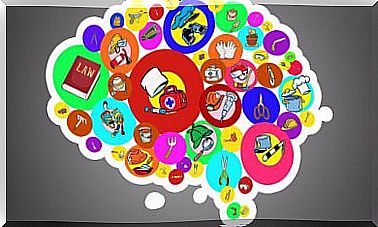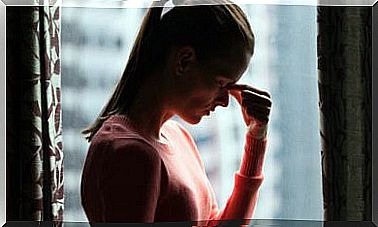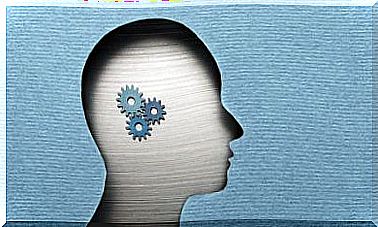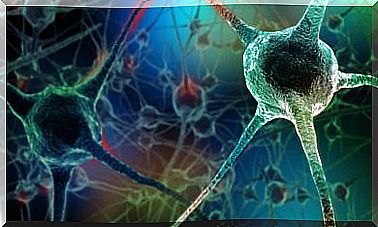According To Science, Colors Are Associated With Emotional Patterns
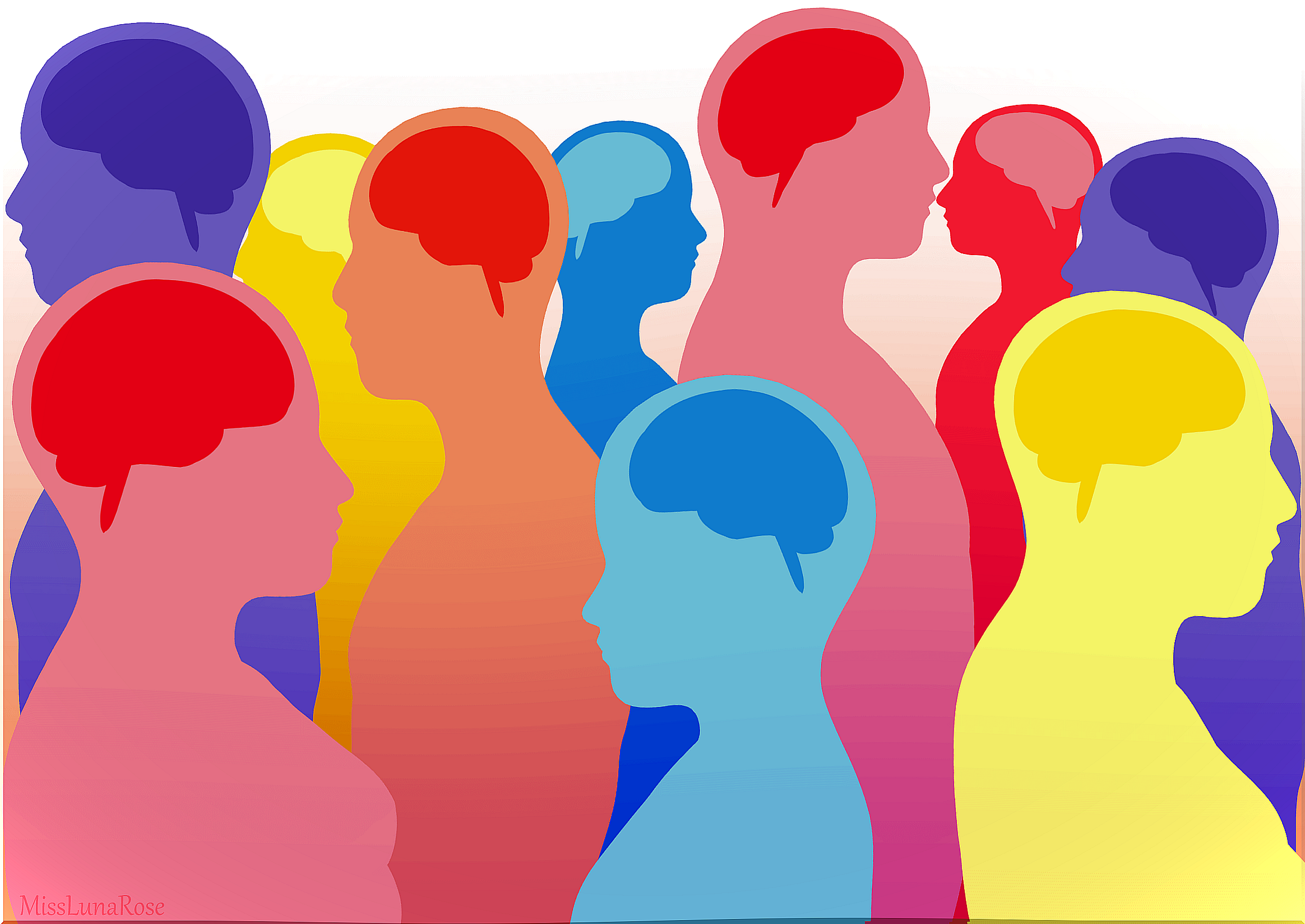
What emotion does the color blue evoke in you? What sensations would a room painted yellow generate in you? For years science has affirmed that colors are associated with emotional patterns. However, trying to understand how our consciousness interprets this type of stimulus remains a challenge for neuroscientists.
For example, before the questions proposed above, every interior design expert knows that blue tones are associated with calm or that a room painted yellow is related to positivity or dynamism. However, a very high shade of yellow produces anxiety.
Color is a communication tool capable of inducing emotional and even physiological processes. The fact that this happens is still fascinating. Color is nothing more than a visual perception. It is the response of the photoreceptors of the retina when discriminating the different wavelengths of the electromagnetic spectrum.
So what happens in the brain from the moment those electromagnetic waves make contact with the eye to evoking a specific emotion?
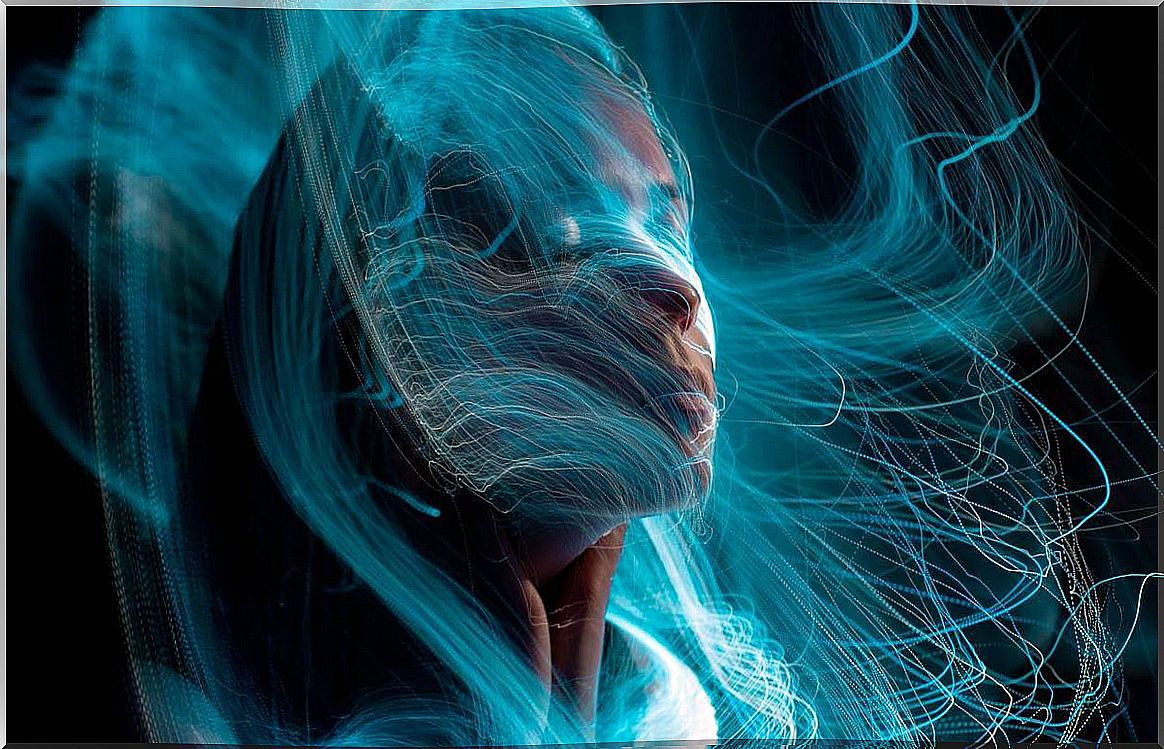
Why are colors associated with emotional patterns?
Goethe already said it, there are colors that attract by their grace and others that are rejected with anger. There is something in our psychobiological “baggage” that makes us react in one way or another to certain shades of color. However, given the relevance of this topic in the field of advertising, art and even wellness, there is something interesting to note about this topic.
Doctors Andrew J. Elliot and Markus Maier from the University of Rochester (United States) highlight in their 2015 work that most of the research carried out until a few years ago had little scientific rigor. All the literature on color and its psychological functioning is still in its early stages. Thus, the authors themselves emphasize that the impact that color has on us stems from social learning and also from biological aspects.
This last aspect is the one that arouses the most interest and controversy. Are we “programmed” perhaps to react to one color differently from another? For what reason? These types of questions do not yet have a consensual answer. However, we know that colors are associated with emotional patterns.
Cones, the photosensitive cells of our retina
Cones are photosensitive cells found in the retina. All vertebrates have it. Now, something that was already discovered in the 60s is that there are three modalities among this type of cells. Each of them is specialized in generating a series of sensations when they come into contact with the color red, green and blue.
That is, there are photosensitive cells that react by inducing unique sensations only to three types of primary colors. For example, one of these cells, known as “type L”, is activated by the wave of light that generates red. This is explained in a very concrete way.
The brain associates the color red with important events, such as the hue of wounds and blood. Before this type of stimulus, the human being has always had to react.
For their part, green and blue are linked to nature. To scenarios that have always been close and familiar to us. This explains why those hues are so basic and make us react the way they do.
Colors are associated with emotional patterns also due to our experiences
Indeed, our previous experiences and even our own culture mediate the way we perceive colors. For example, in many countries the color white is associated with purity and innocence. However, in certain areas of the East, such as China or Japan, this color is used in funeral rites or during mourning for the death of someone.
The way in which society makes us see a specific color is ingrained in our emotional register, as do certain experiences. We may not like blue because it was the tone of our uniform at school or because it was perhaps the color of the hospital room where we were sick.
Colors are associated with emotional patterns that the brain organizes according to our experiences and sociocultural influences. That is, not only does the psychobiological aspect determine us.
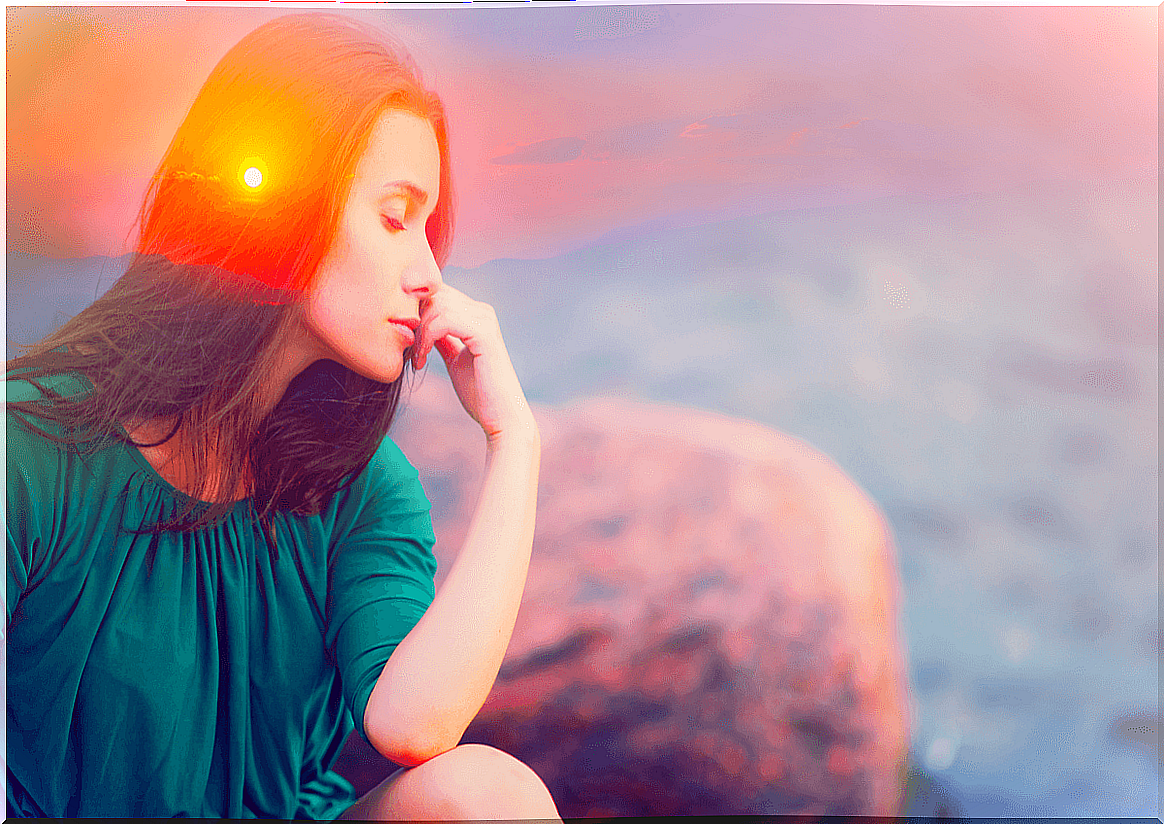
Color and consciousness
There is an undeniable fact and it is that the colors and the sensations that they produce us could not exist without our conscience. The way we perceive reality, recognize it and interpret it is always part of that entity so difficult to understand and to which William James dedicated so many works.
Consciousness has nothing to do with ethics or morals. It is a process by which we consciously build our own reality of things, the world and our relationship with everything that surrounds us. Colors are associated with emotional patterns because they mediate that internal architecture.
Light and its different shades do not exist until our consciousness makes contact with them to recognize and interpret them. In essence, we are the result of our evolution, a complex neural network that reacts to each stimulus based on our accumulated experiences as a species.
However, we are also what we think and interpret and colors are that familiar dimension that constantly envelops us to the point of modifying how we feel.


